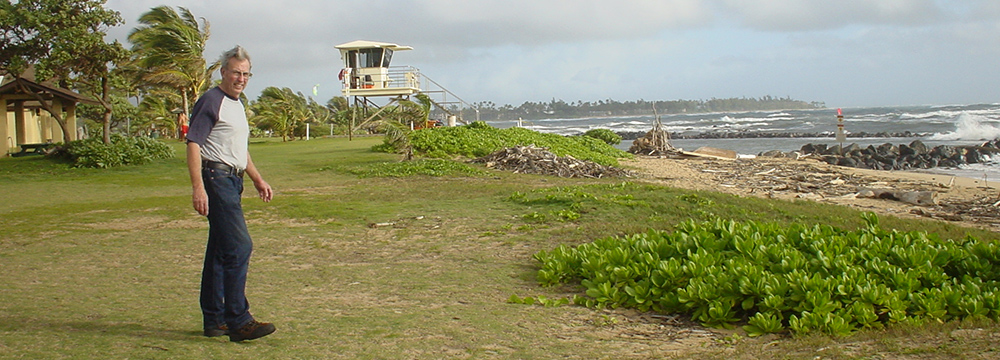GOSPEL MEDITATION # 235
The Crucifixion
Mark 15:21–32
- Find a quiet place without distractions.
- Be comfortably alert, still, and at peace.
- Say the Lord’s Prayer. Sing or cant the Jesus Prayer.
- Pray for family, friends, neighbors, and yourself.
- Slowly and carefully read the passage of Scripture.
- Simon of Cyrene (Libya) arrived for Passover just as Jesus is being lead away to be executed. (His son Rufus became well known in the early church, see Romans 16:13.)
- Golgotha (Aramaic)—means skull. The Greek version is cavalaria from which we get Calvary.
- The “women of Jerusalem” had empathy for those about to be executed and provided them with a mixture of wine and myrrh, which deadened the mind to pain. Jesus refused it and thus experienced the full measure of suffering.
- Psalm 22, written 1000 years before the event, in detail describes the death of a person crucified. Crucifixion learned by the Greeks from the Persians and the Romans from the Greeks.
- The third hour—Jewish time, our 9 am. John 19:14 has the sixth hour—Roman time, our 9 am.
- The inscription, a normal practice, was written in Aramaic, Greek, and Latin, and stated why Jesus was being crucified – Jesus is a revolutionary, an insurrectionist against Rome.
- Two robbers or insurrectionists are on either side. Was the center cross meant for Barabbas? Mark does not tell us that one of these would be in paradise with Jesus that very day. (see Luke 23:43)
- Verse 28, in some versions, is not original to Mark.
- Passersby accused Jesus of being a liar and a loser. The ‘near-dead’ revile the Word of Life.
- A miracle was what they wanted, what we always want; had there been one, then no substitutionary atonement.
- Salvation is never by proof, but only by the Holy Spirit.
